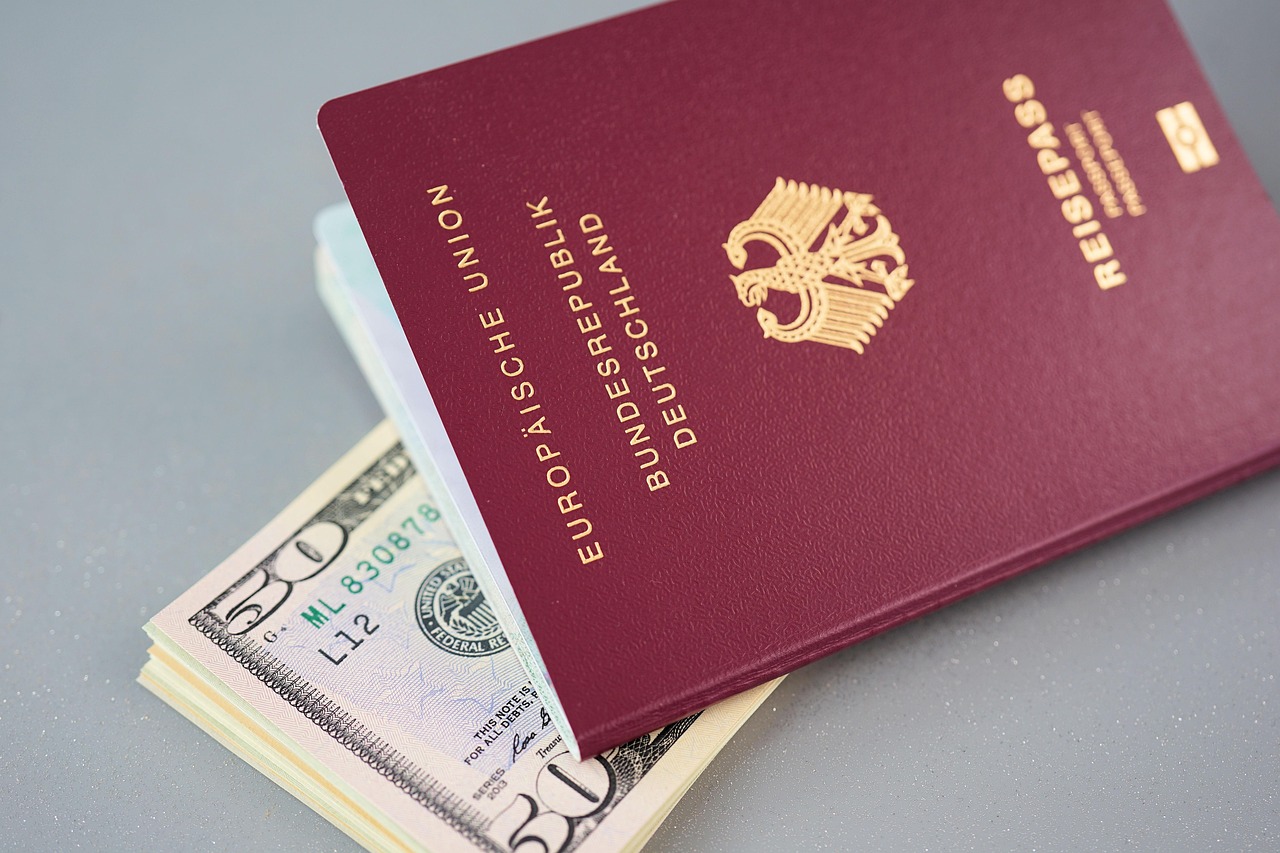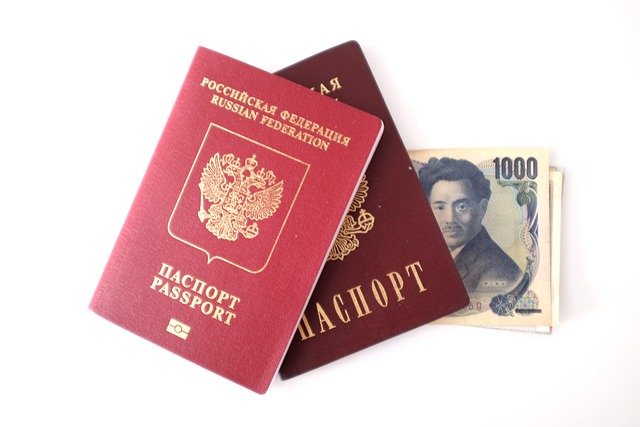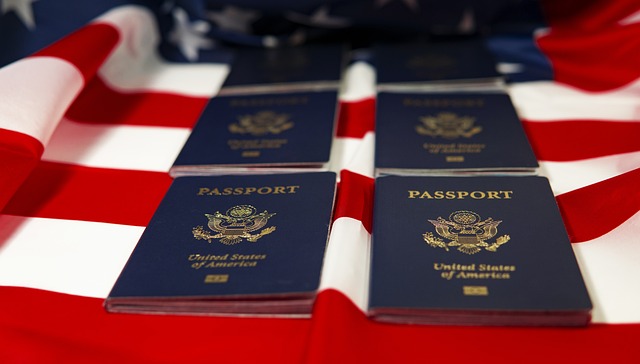Permanent Residency in the UK: How to Apply

Permanent residency in the UK, also known as Indefinite Leave to Remain (ILR), is a significant milestone for non-UK nationals who wish to settle in the country indefinitely. Obtaining ILR grants you the right to live, work, and study in the UK without any immigration restrictions. It is also a stepping stone to British citizenship. This guide provides a detailed overview of the eligibility criteria, application process, and key considerations for applying for permanent residency in the UK.
1. What is Indefinite Leave to Remain (ILR)?
Indefinite Leave to Remain (ILR) is a form of immigration status that allows you to stay in the UK permanently. With ILR, you are no longer subject to immigration control, meaning you can:
- Live and work in the UK without restrictions.
- Access public funds and benefits (if eligible).
- Apply for British citizenship after meeting additional requirements.
2. Eligibility Criteria for ILR
The eligibility requirements for ILR depend on your current visa category. Below are some common routes to ILR:
a. Work Visas
- Skilled Worker Visa: You must have lived in the UK for 5 years on a Skilled Worker Visa (or its predecessor, the Tier 2 General Visa) and meet salary and employment requirements.
- Global Talent Visa: You can apply for ILR after 3 or 5 years, depending on your endorsement category.
b. Family Visas
- Spouse or Partner Visa: You must have lived in the UK for 5 years with a spouse or partner who is a British citizen or settled person.
- Parent of a British Child: You may be eligible if you have a child who is a British citizen or has lived in the UK for 7 years.
c. Long Residence
- 10-Year Long Residence: If you have lived legally in the UK for 10 continuous years, you may qualify for ILR under this route.
d. Other Routes
- Ancestry Visa: After 5 years on a UK Ancestry Visa, you can apply for ILR.
- Investor or Entrepreneur Visas: Depending on the visa type, you may qualify for ILR after 2, 3, or 5 years.
3. General Requirements for ILR
Regardless of your visa category, you must meet the following general requirements to apply for ILR:
a. Continuous Residence
You must have lived in the UK continuously for the required period (usually 5 years). Breaks in residence of more than 180 days in any 12-month period may affect your eligibility.
b. Life in the UK Test
You must pass the Life in the UK Test, which assesses your knowledge of British history, culture, and values. The test consists of 24 multiple-choice questions, and you need to score at least 75% to pass.
c. English Language Proficiency
You must demonstrate English language proficiency by:
- Passing an approved English language test at B1 level or higher, or
- Holding a degree taught in English.
d. Financial Requirements
You must prove that you can support yourself and any dependents without relying on public funds. The specific financial threshold varies depending on your visa category.
e. Good Character
You must not have a criminal record or pose a threat to national security. Any breaches of immigration rules may also affect your application.
4. How to Apply for ILR
The application process for ILR involves several steps:
a. Gather Required Documents
Prepare the necessary documents, which may include:
- Valid passport and BRP (Biometric Residence Permit).
- Proof of continuous residence (e.g., utility bills, bank statements).
- Evidence of meeting financial requirements (e.g., payslips, bank statements).
- Life in the UK Test pass certificate.
- English language test certificate or degree certificate.
- Additional documents specific to your visa category.
b. Complete the Online Application
Submit your application through the UK government’s official website. You will need to:
- Create an account.
- Fill out the application form.
- Pay the application fee (currently £2,404 as of 2023).
- Pay the Immigration Health Surcharge (IHS), if applicable.
c. Book a Biometrics Appointment
After submitting your application, you will need to book an appointment at a UK Visa and Citizenship Application Services (UKVCAS) center to provide your biometric information (fingerprints and photograph).
d. Attend an Interview (if required)
In some cases, you may be asked to attend an interview to verify the information provided in your application.
e. Wait for a Decision
The processing time for ILR applications is typically up to 6 months, but you may be able to use the Super Priority Service for a faster decision within 24 hours (additional fee applies).
5. Key Considerations
a. Maintaining ILR Status
Once granted, ILR does not expire. However, you may lose your ILR status if you leave the UK for more than 2 consecutive years. To avoid this, consider applying for a Returning Resident Visa if you plan to stay abroad for an extended period.
b. Applying for British Citizenship
After holding ILR for at least 12 months, you may be eligible to apply for British citizenship through naturalization, provided you meet additional requirements, such as passing the Life in the UK Test and demonstrating good character.
c. Dependents
Your dependents (spouse, partner, or children) may also be eligible to apply for ILR at the same time as you, provided they meet the requirements.
6. Common Pitfalls to Avoid
- Incomplete Documentation: Ensure all required documents are submitted to avoid delays or rejection.
- Breaching Immigration Rules: Any violations, such as overstaying a visa, can jeopardize your ILR application.
- Failing the Life in the UK Test: Prepare thoroughly for the test to avoid delays in your application.

